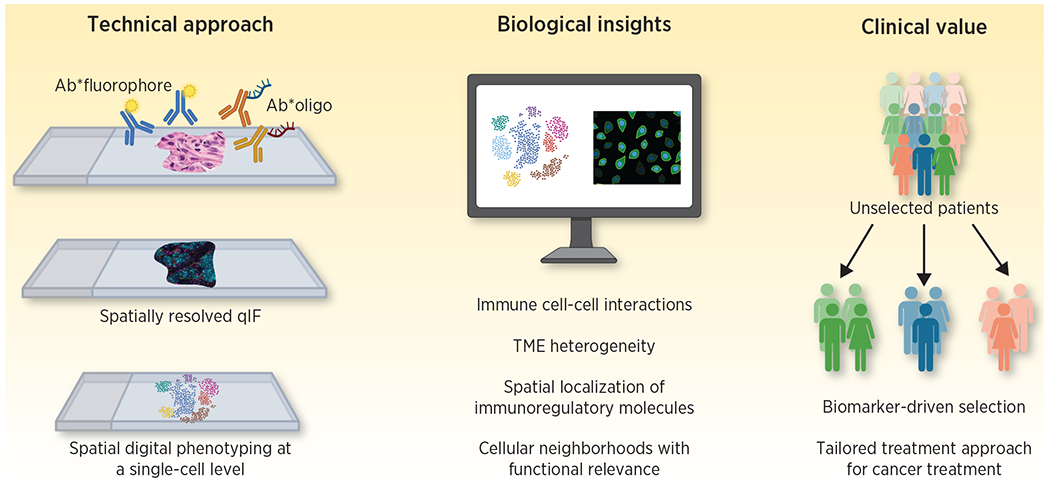Figure 1. Impact and roles for spatially resolved high-plex assays in immunotherapy treatment and biomarker discovery.

Spatially resolved high-plex methods including quantitative immunofluorescence and digital spatial profiling are high throughput approaches that allow for simultaneous identification of multiple biomarkers in their spatial context. These methods have the unique potential to provide insights in the phenotype and spatial localization of immune cell subsets and thus serve as biology-informed biomarkers reflecting the quality and architecture of anti-tumor immune responses. As such, they can be incorporated in patient selection strategies for cancer immunotherapy as well as used as a platform for novel biomarker discovery. Adapted from an image created with BioRender.com.
